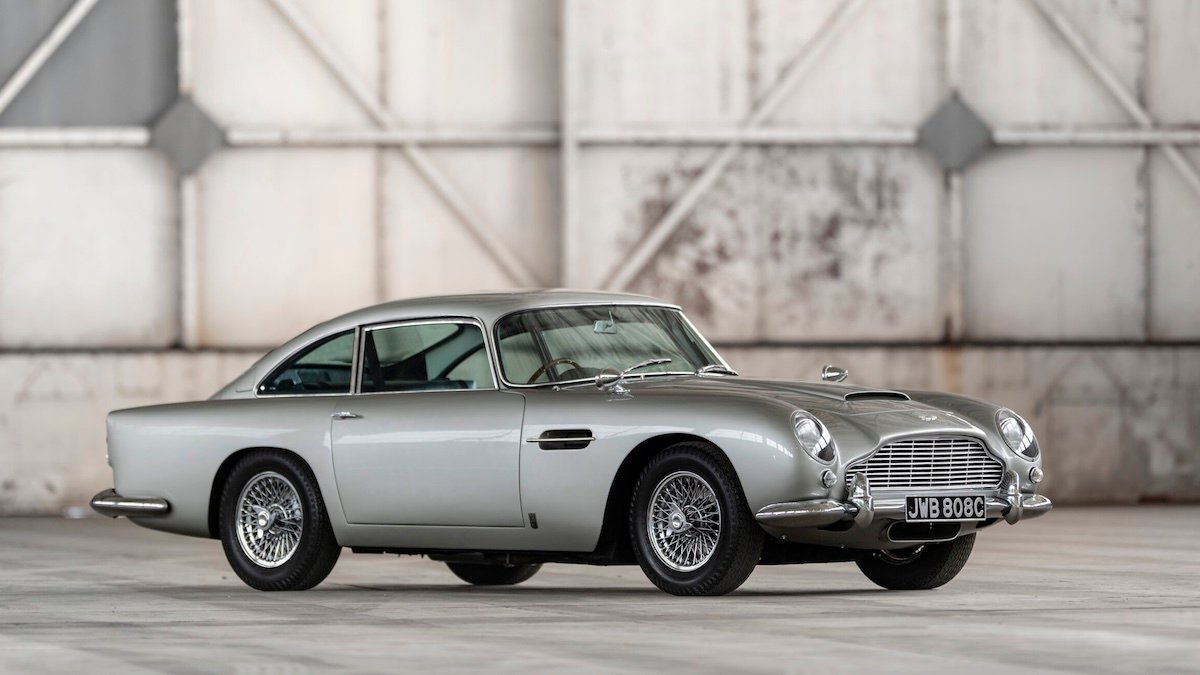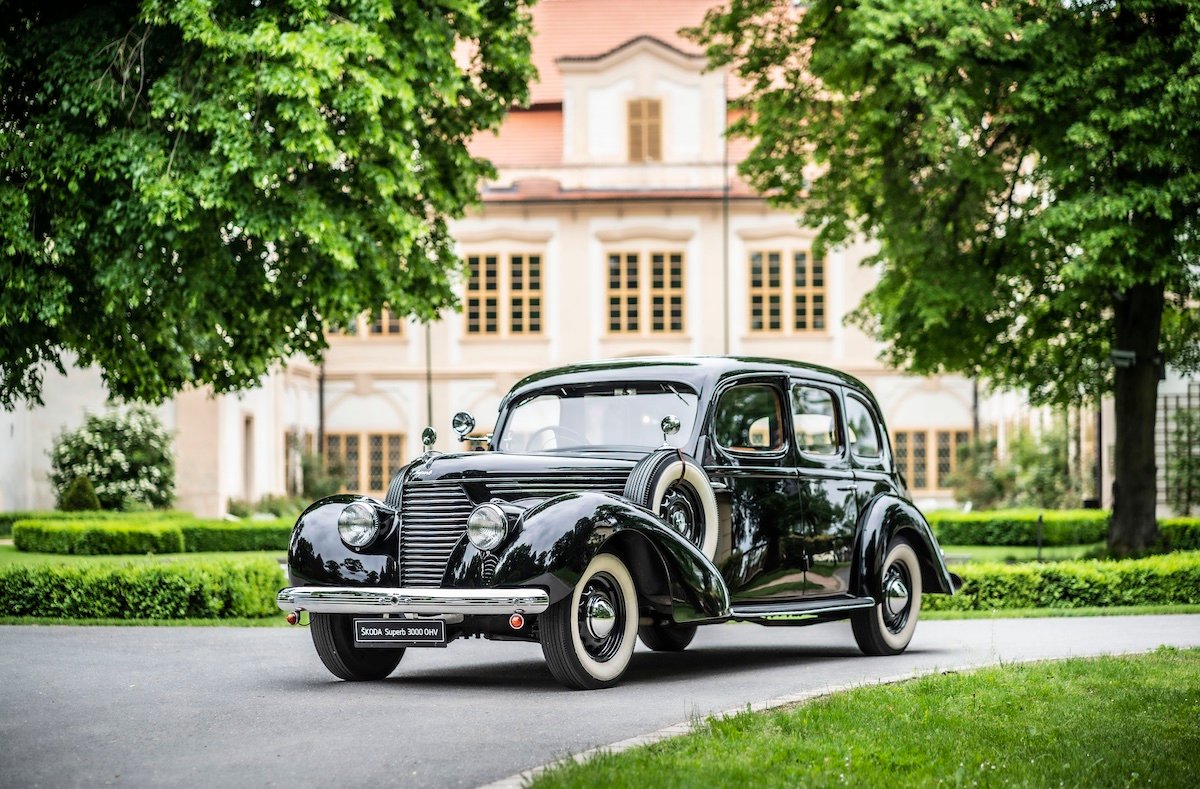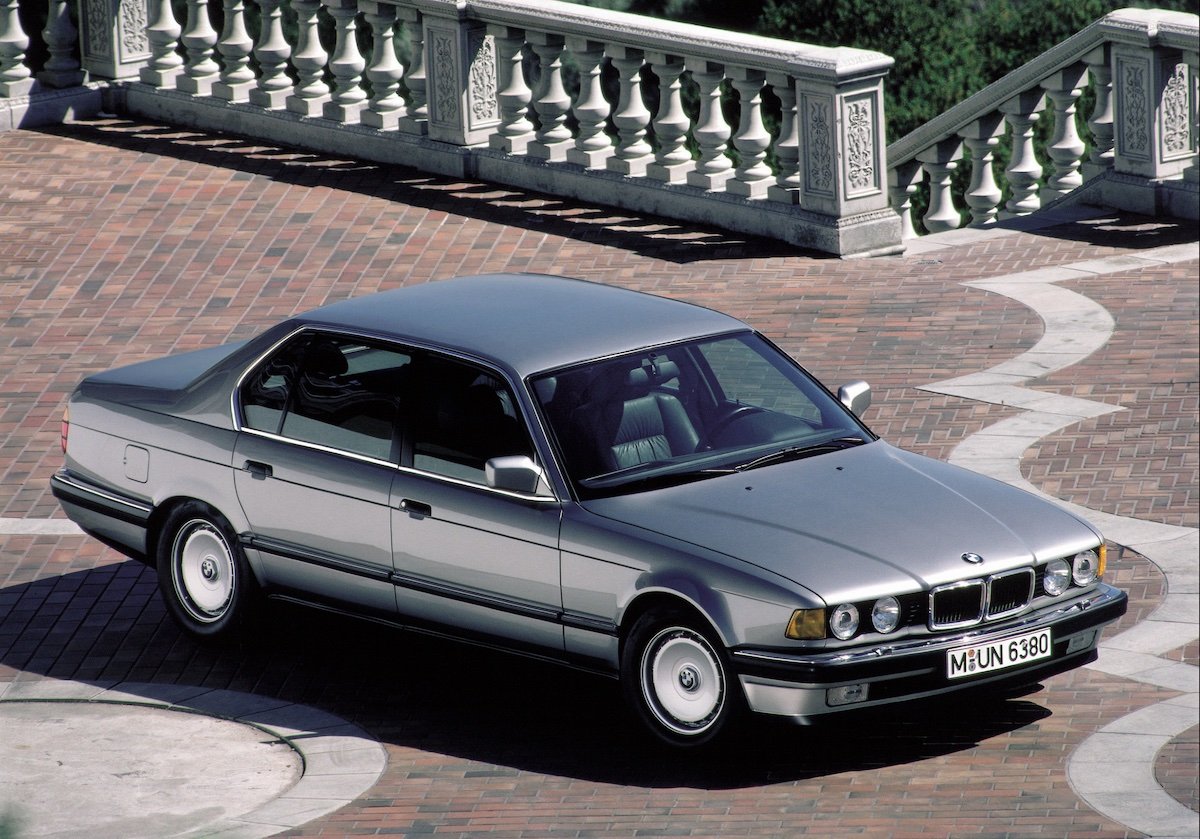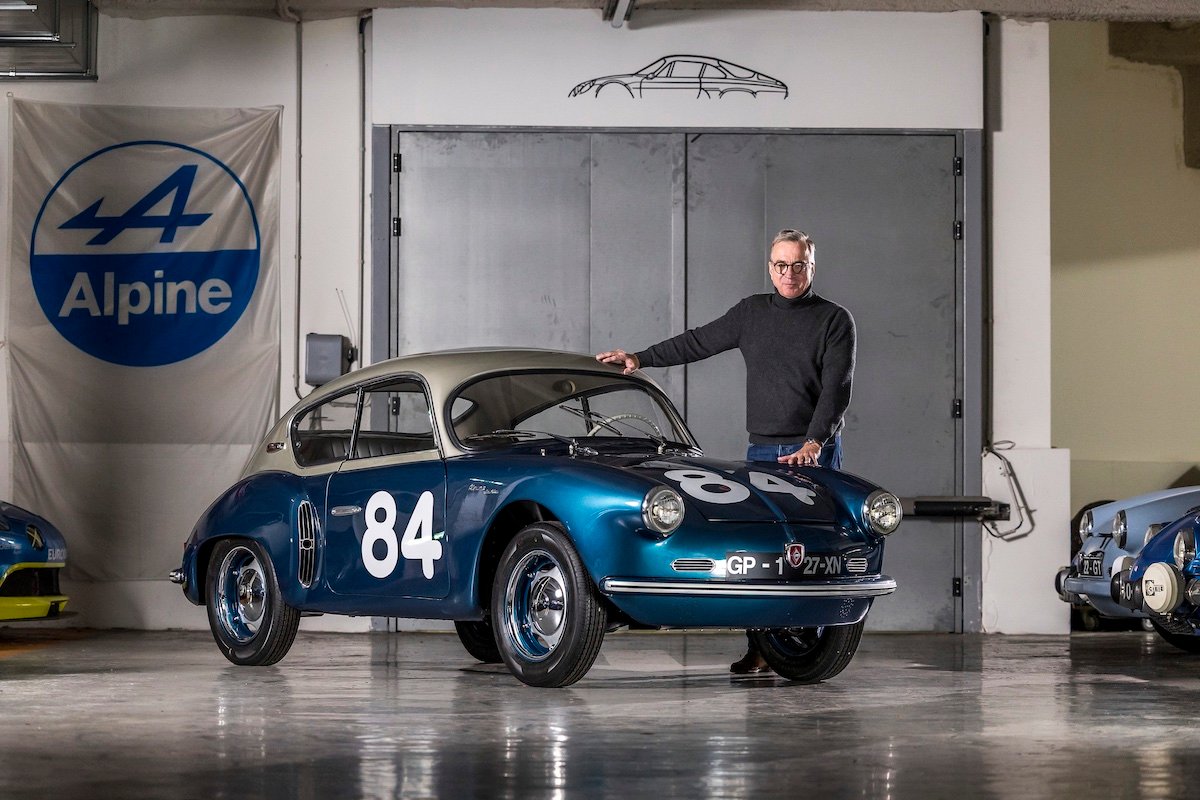
The Ro 80 wowed the automotive world at its 1967 launch with a futuristic shape and rotary engine
In late 1967, the German-made NSU Ro 80’s innovative aerodynamic design and unusual rotary powertrain wowed an auto-curious public at the Frankfurt motor show, but a decade later the car hailed by is manufacturer as “the ideal car” was killed off, with less than 40,000 units made.
When first unveiled at the IAA International Motor Show in September 1967, the NSU Ro 80 astonished the automotive world. Many visitors don’t know what to admire first: the futuristic shape, the extravagant rotary drivetrain, or both.
Even the Ro 80 name was intriguing, with the first part ‘Ro’ standing for rotary piston, and ‘80’ being the vehicle’s type designation.
In the lead up to the new car’s reveal the manufacturer, NSU Motorenwerke AG, had teased the market with ambitious claims including that it was the “most beautiful, the fastest, the most economical, the most modern – in short, the ideal car”.
The slightly more subdued pre-launch press release when on to state: “We at NSU are also quite proud of our youngest child, but we make a point of avoiding superlatives in any form – instead, we limit ourselves to expressing an assumption: This is a good and, most certainly, an interesting car.”
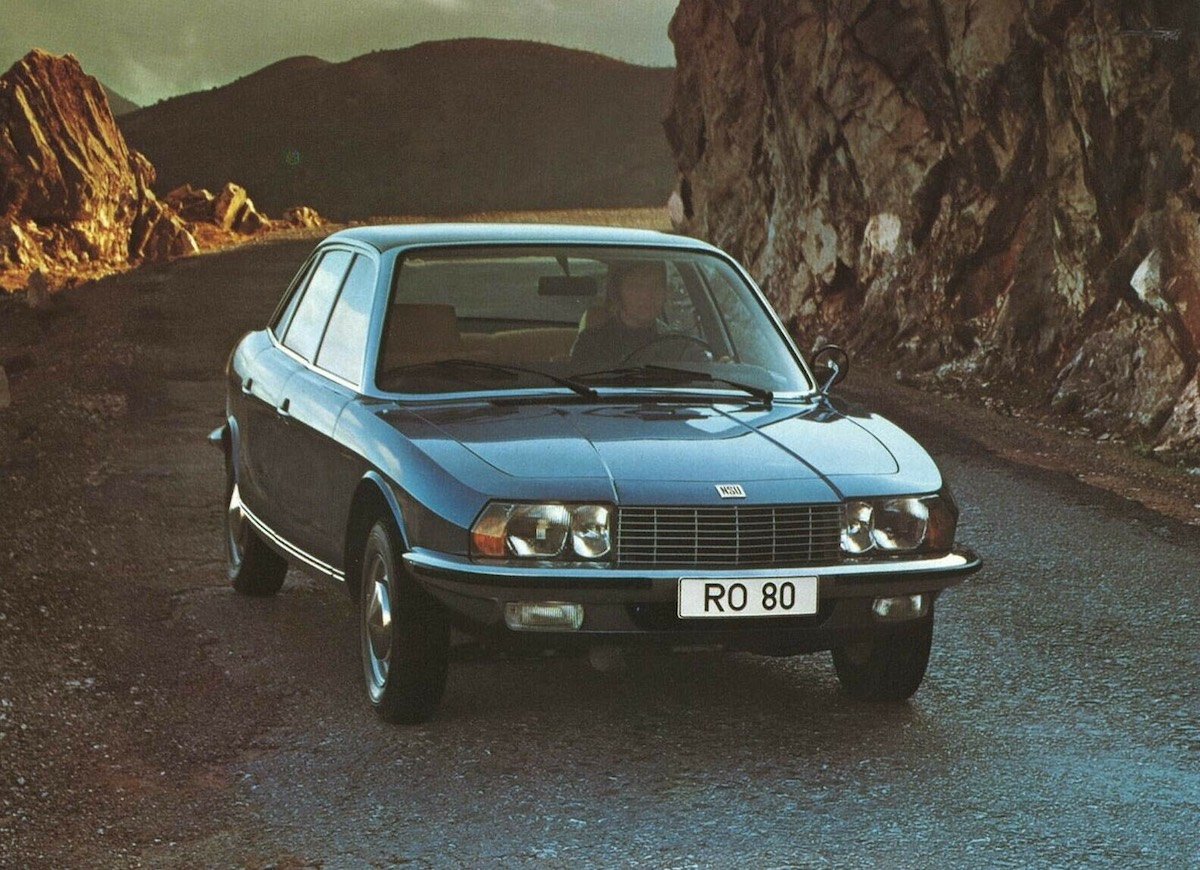
NSU touted the Ro 80 as potentially being “the ideal car”
Almost six decades later, that last statement remains utterly correct, the NSU Ro 80 is most certainly an “interesting car”, and one that enthusiasts continue to debate the merits of ad nauseum.
The Neckarsulm-based car maker backed up its claims with over 80 pages of information, including technical data and drawings and a detailed description of the operating principle of the NSU/Wankel rotary-piston engine.
NSU knew that even experts would need extensive material to explain the new vehicle concept, particularly the NSU/Wankel engine. The documentation pointed out its advantages – such as lighter weight, smaller space requirement, low-vibration operation, and fewer components compared to a conventional piston engine.
In September 1967, after five years of development, the NSU Ro 80 was presented to the public at the Frankfurt International Motor Show, where it was hailed as the world’s first production car with a twin-disc Wankel engine.

NSU beat Mazda to the punch as the maker of the first Wankel rotary-engined production car in 1964 with the single-rotor Wankel Spider, with the Ro 80 building on this in 1967 with its two-rotor engine
How NSU claimed its sporty touring sedan set new standards in road-holding, safety, comfort, and performance
Stylistically, the Ro 80 adhered to the adage, “Form follows function”, with NSU having developed the car in a wind tunnel. The car’s wedge-shaped body line with a flat front end, a low, slightly rising beltline, and a raised rear end enabled an impressively low drag coefficient of just 0.35. At the time, that was around 25 per cent better than achieved by a typical car of the same class.
The aerodynamic inspired design cues created an overall appearance perceived as futuristic by contemporaries, and seized upon by the marketing department to promote the Ro 80.
Advertising posters from the day confidently proclaimed: “There are ‘Yesterday’ cars, and there are ‘Today’ cars, and then there are NSU cars.”
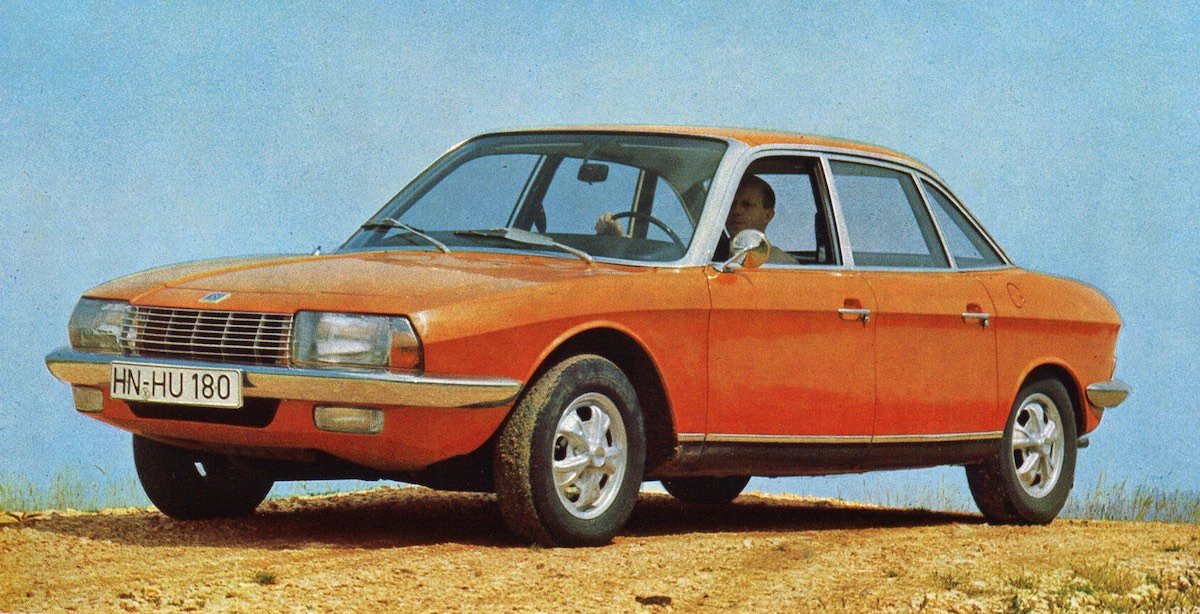
The wind tunnel-honed shape of the Ro 80 meant it was very aerodynamic with a 0.35 drag coefficient
In 1971, this claim was reformulated to the now universally recognised “Vorsprung durch Technik”, the advertising slogan that has become the brand essence of Audi, the entity created by the merger of Ingolstadt-based Auto Union GmbH and NSU Motorenwerke AG in 1969.
NSU’s courage in launching the revolutionary new model was ultimately rewarded a year after launch when international trade journalists voted the NSU Ro 80 “Car of the Year”. It was the first German vehicle to earn this distinction.
Despite this, the car failed to achieve lasting commercial success: In 1973, the oil crisis drove gasoline prices up, causing customers to turn to more economical vehicles. This spelled the end of the thirty rotary-piston engine and hence the end of the NSU Ro 80.
The car was produced at the Neckarsulm plant from 1967 to 1977. By the time the model was discontinued in April 1977, production of the Audi 100 was already taking up most of the plant’s capacity. During the Ro 80’s lifetime, a total of 37,374 units were made.
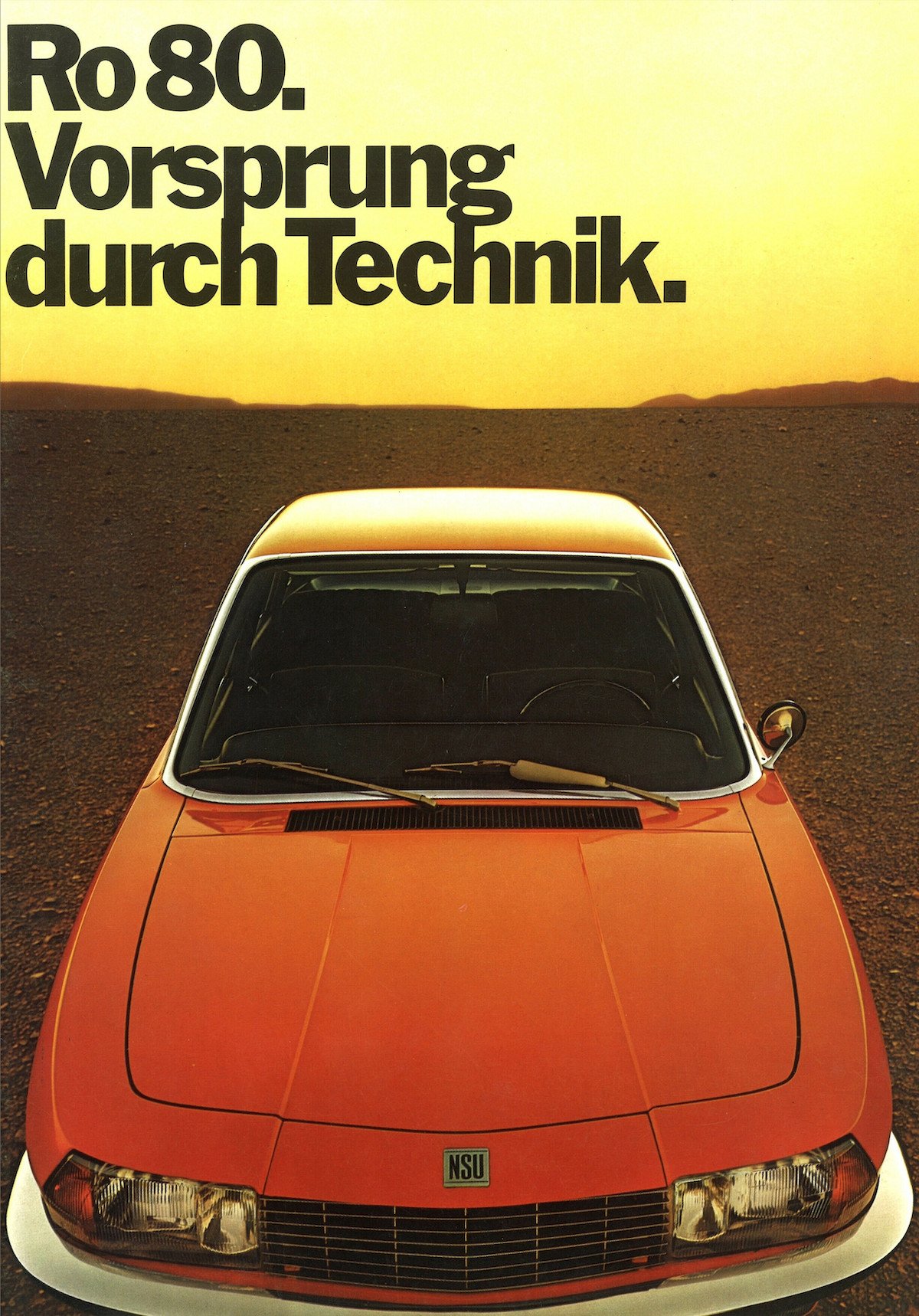
In 1971, the Ro 80 was advertised with the iconic “Vorsprung durch Technik” tagline, translating to “progress through technology”, which has since become the brand essence of NSU’s successor, Audi, after a merger with Auto Union
Mark Quinlan

Get The Latest
Sign up for the latest in retro rides, from stories of restoration to community happenings.
 '1972â73 1-1024x675.jpg)
